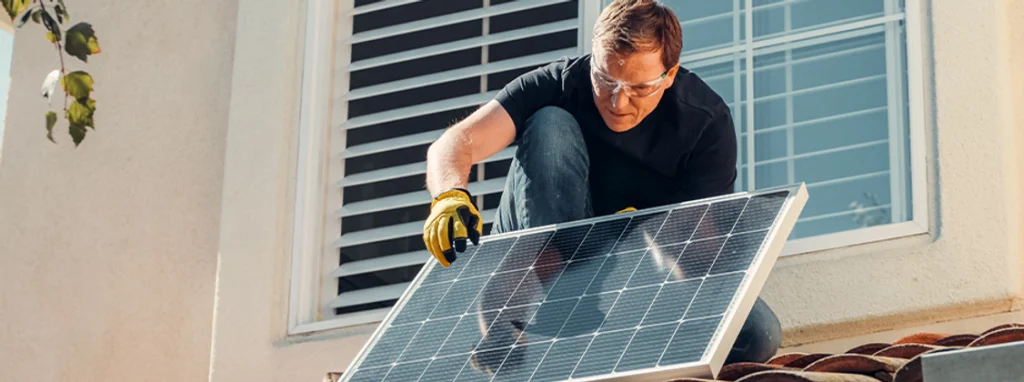Construction Trends in Australia to watch out for in 2022

With the year ahead of us, it’s a good time to look at some of the construction trends that are expected to take off. Here we list six construction trends in Australia this 2022 that you need to watch out for this year.
More cost allocation for prefabricated and modular construction
The increasing popularity of prefabricated and modular construction in Australia has recently been well documented, and this trend is only expected to continue.
Various Australian institutions have campaigns to raise more awareness about how beneficial prefabricated structures are. Public spaces, such as community centres, police and railway stations are being built using prefabricated methods that include volumetric modular construction.
One of the main benefits of prefabricated construction is that it can greatly reduce both time and costs on site—making it a more attractive option for builders and developers alike. Another benefit is that it results in a much more controlled and consistent construction process, with reduced wastage and improved safety. This can be crucial for high-end or sensitive developments that need a very high level of precision and quality.
The rise of green building practices
Concerns about climate change are on the rise, which is attracting more attention to sustainable materials in building projects. One of the main drivers behind the uptake of green building practices is strong residential demand. More people are wanting to live in environmentally friendly homes and work in sustainable office spaces that minimize their environmental impact and leave a smaller carbon footprint.
This is pushing the construction industry towards more sustainable practices, which include using energy-efficient materials and appliances and installing renewable power such as solar panels or wind turbines. Other environmentally conscious practices on the rise include using natural materials from the local environment, such green roofs that are planted with local flora, and even using raw building materials that are untreated or unvarnished. These options are not only sustainable, they also offer a unique character to a building’s design through natural patterns and colours.
Increased use of data analytics in construction
The Australian construction industry has always been at the forefront of innovation. Now with data analytics playing an integral role in construction projects, you can expect to see a shift towards its use in the coming years.
The ability to identify potential issues at an early stage can be crucial for ensuring the success of any construction project. With the use of data analytics, builders can gain valuable insight into project costings, more realistic timelines, and even potential risk concerns. This allows for more efficient and faster resolution times in managing projects from start to finish.
Increased use of technology in construction
The construction industry is one of the largest employers in Australia, and as the number of people working in construction increases, so does the need for technology. Forecasts suggest that the use of technology in construction will increase as the industry grows by 10.6% this year, further helping improve safety, accuracy, and communication on construction sites.
With the manual tasks taking up much time and resources in construction, using technology can be a real game-changer. Aside from GPS tracking, 3D modelling, drones, and virtual reality technology, one of the most common tools seen as a staple is a cloud estimating software like Dindo.
Dindo is used by construction professionals to streamline their estimating processes, and its Australian user base is growing rapidly. It produces accurate reports for estimate analysis, as well as the ability to collaborate with team members in real-time. This can be crucial for ensuring that construction projects stay on track and on budget.

A focus on health and wellbeing in the workplace
The lockdowns due to the COVID-19 pandemic shone a spotlight on the importance of good mental health and wellbeing in the workplace, especially in the construction industry. This affected the workforce capacity and the overall productivity of construction companies.
In response, many companies across borders from Victoria all the way to Perth now place a greater emphasis not just on revising onsite health protocols, but also on creating a more positive and supportive work culture. This can include the promotion of flexible working arrangements, provision for mental health support, and offering training in stress management and relaxation techniques.
With the recent easing of restrictions towards the second quarter of 2022, state governments have a more positive outlook on industry growth as major projects are set to recommence. While there’s still some uncertainty in the market, construction activity is expected to pick up within controlled on-site regulations.
Conclusion
As the Australian construction industry moves into 2022 and beyond, companies need to be more agile and adaptable to maintain their competitive edge. If you’re into the construction business, take the time to plan for these upcoming construction trends to give your business better long-term value.


